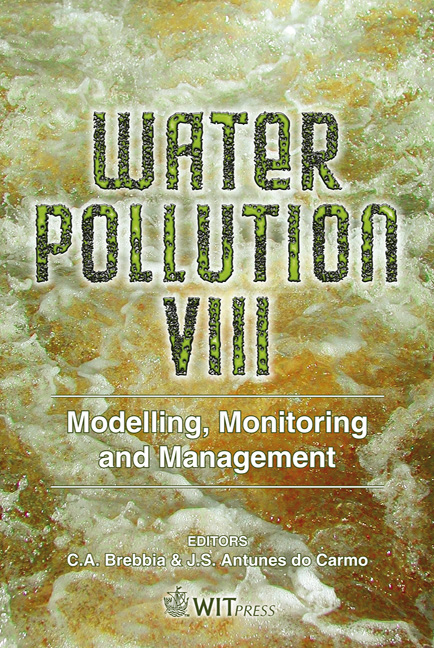Comparing Biomarker Responses With Risk Estimates Used For Decision Analysis
Price
Free (open access)
Transaction
Volume
95
Pages
13
Published
2006
Size
811 kb
Paper DOI
10.2495/WP060331
Copyright
WIT Press
Author(s)
H. Rye, H. Berland & S. Sanni
Abstract
This paper deals with the coupling between biomarker responses and modelling environmental risks for environmental impacts in the field. The use of filter feeding scallops and mussels were used in an exposure experiment where discharges of drill cuttings and mud were taking place. The drilling wastes revealed biological impacts as physical disturbance affecting energy storing and reproduction (reduced gonad weight), algae filtration and metabolism. The changed conditions for the exposed transplanted animals increased the oxidative stress and revealed significant DNA damages in the assumed highest drilling waste sited mussels. The biomarker responses were compared to numerical simulation results where the discharges were mimicked with the numerical model. An environmental risk calculation was performed for the location of the largest exposures/responses. The biomarker responses were then compared with the estimates of the environmental risks for damage on the biota simulated with the numerical model. The results indicate that the biomarker responses appear to be sensitive to the concentrations calculated for the actual locations of the biota, even for low levels of environmental risks simulated for the same site. This result indicates that the biomarkers may serve as an \“early warning” tool for revealing potential environmental damage. Keywords: environment, discharge, offshore, drill cuttings and mud, risk analysis, biomarkers, numerical modelling. 1 General The ERMS project (ERMS = Environmental Risk Management System) is aimed at developing models for prediction of impacts from regular releases to sea
Keywords
environment, discharge, offshore, drill cuttings and mud, risk analysis, biomarkers, numerical modelling.





